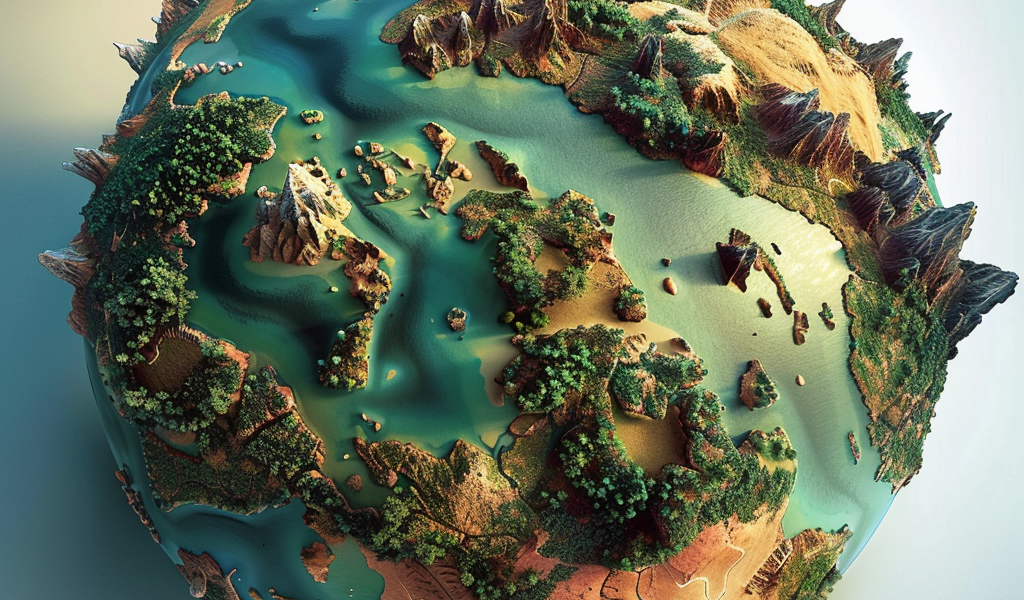An intriguing video has surfaced, showcasing a fascinating prediction of how Earth’s continents could potentially look in the distant future, around 250 million years from now. The animation, released by the nonprofit AGU (Advancing Earth and Space Science), offers a glimpse into the anticipated formation of the next supercontinent.
Historically, the Earth’s land masses have undergone significant transformations over millions of years. From the existence of the ancient supercontinent Pangea to the fragmented continents we see today, the concept of continental drift has long fascinated scientists. The latest animation sheds light on the potential reformation of a supercontinent over an extensive timeline of 250 million years.
In 1912, German meteorologist Alfred Wegener introduced the idea of a supercontinent, proposing that the current continents were once interconnected in a landmass known as Pangaea. Through the process of plate tectonics, these landmasses gradually separated, forming the continents we recognize today. The animated projection offers a speculative view of how Pangea could reunite in the distant future.
Experts suggest that this geological process would unfold over millions of years, culminating in the creation of a colossal supercontinent. The brief 17-second video illustrates the potential amalgamation of Earth’s continents into a single vast landmass over an extensive period.
The animation depicts a sequence where Australia merges with Asia, followed by Antarctica shifting to join the combined landmass of Australia and Asia. Subsequently, North America connects with Africa, and South America aligns with Antarctica. Ultimately, all continents converge to form a unified supercontinent.
Mattias Green, an oceanographer from Bangor University’s School of Ocean Sciences and a contributor to the simulation, emphasizes the role of ocean tides in the formation of supercontinents. He highlights the intricate interplay between plate tectonics, Earth’s climate system, and ocean dynamics, underscoring the long-term impact of these processes on the planet’s evolution and life forms.





